Electric cars have changed a lot about driving—but they haven’t been easy on tires. If you’ve owned one, you might’ve noticed something odd: the tires don’t seem to last as long as they should. That’s not your imagination. EVs are harder on rubber, and it’s not just because they’re quick off the line.
From their weight and torque delivery to the way they brake and steer, electric vehicles bring a whole new set of challenges for tires to handle. Here’s a closer look at why EVs chew through tires faster than you’d expect—and what makes their tires different to begin with.
Instant Torque Isn’t Gentle
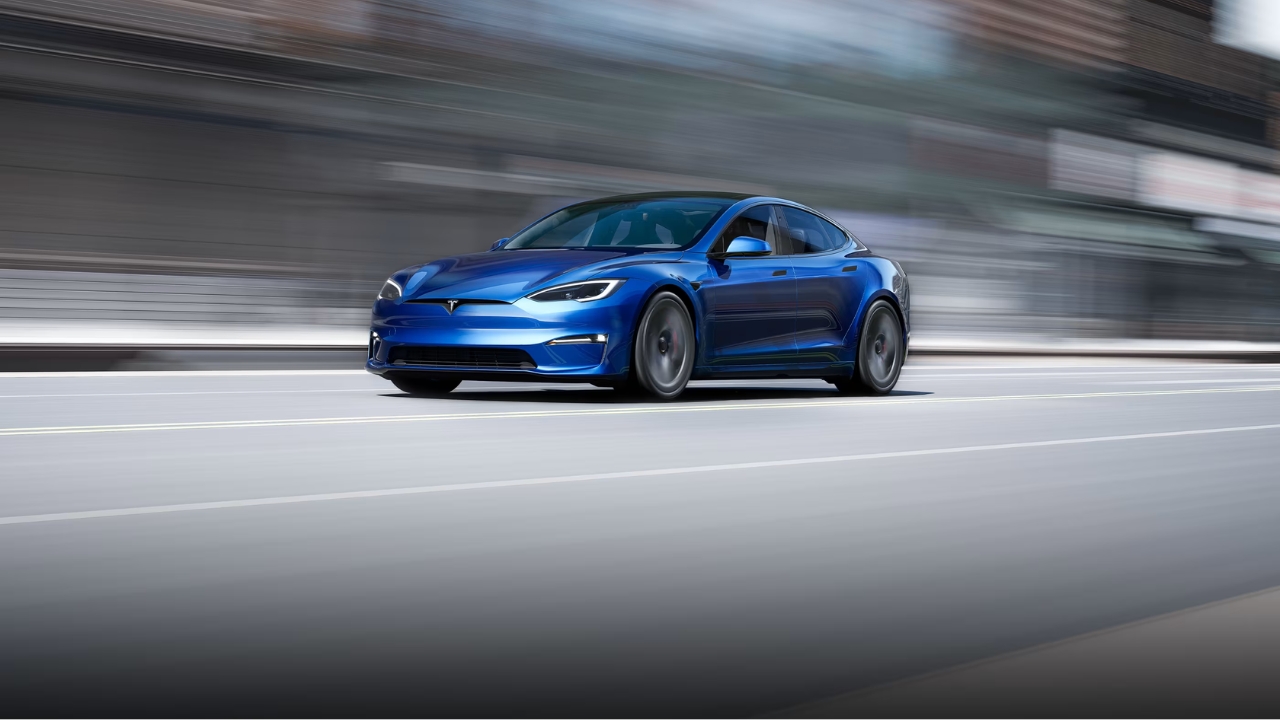
Electric motors don’t build up power—they deliver it instantly. That means full torque hits the tires the second you press the accelerator. For most EVs, that’s over 400 lb-ft right out of the gate, sometimes more. It’s fun, sure, but that twist wears tires faster than traditional powertrains.
Internal combustion engines ramp up, giving tires a chance to grab before being pushed to their limits. EVs skip that curve. The result? More rubber left on the road, especially during hard launches or stop-and-go city driving.
Heavier Cars Mean More Pressure
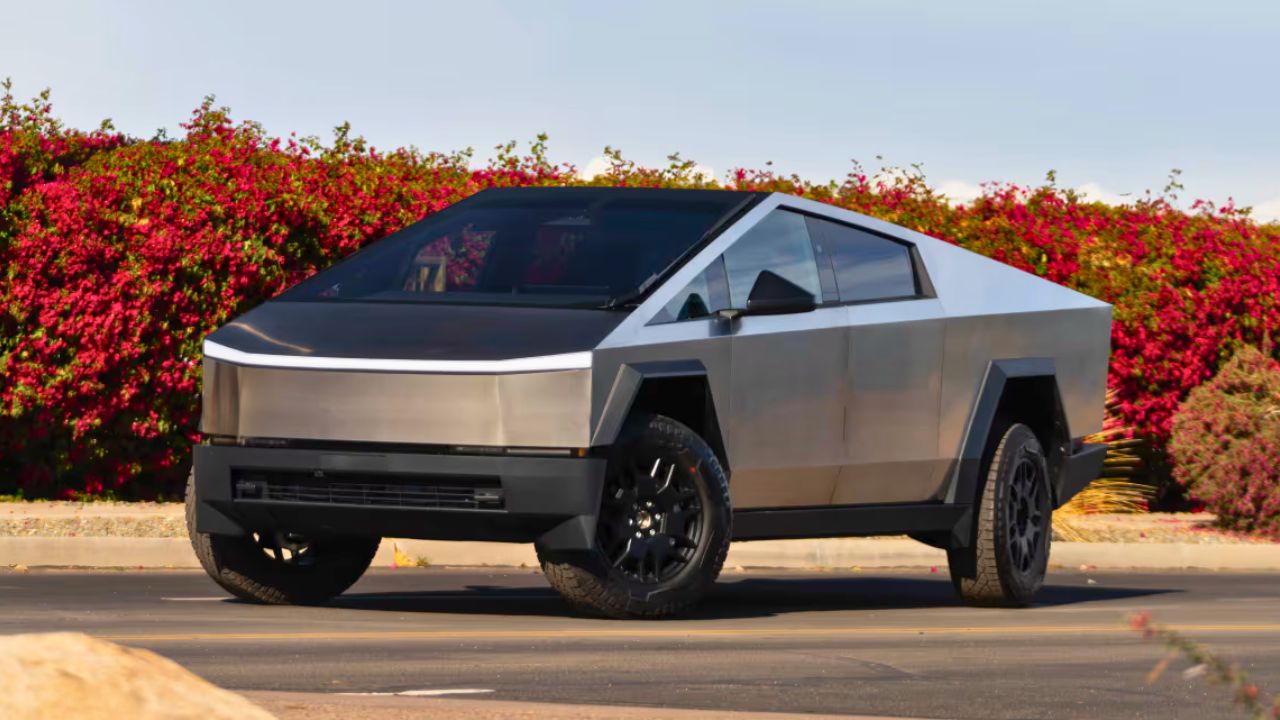
Most EVs are significantly heavier than their gas-powered counterparts. A Tesla Model S tips the scales at over 4,700 pounds, thanks largely to its battery pack. That added weight puts more vertical load on each tire, which increases rolling resistance and accelerates wear.
Even when driven gently, that extra mass stresses the tread. It’s especially noticeable during cornering or under braking, where the tires have to deal with more inertia. The added pressure doesn’t just reduce lifespan—it also forces tire makers to rethink durability and structure.
Regenerative Braking Changes Wear Patterns
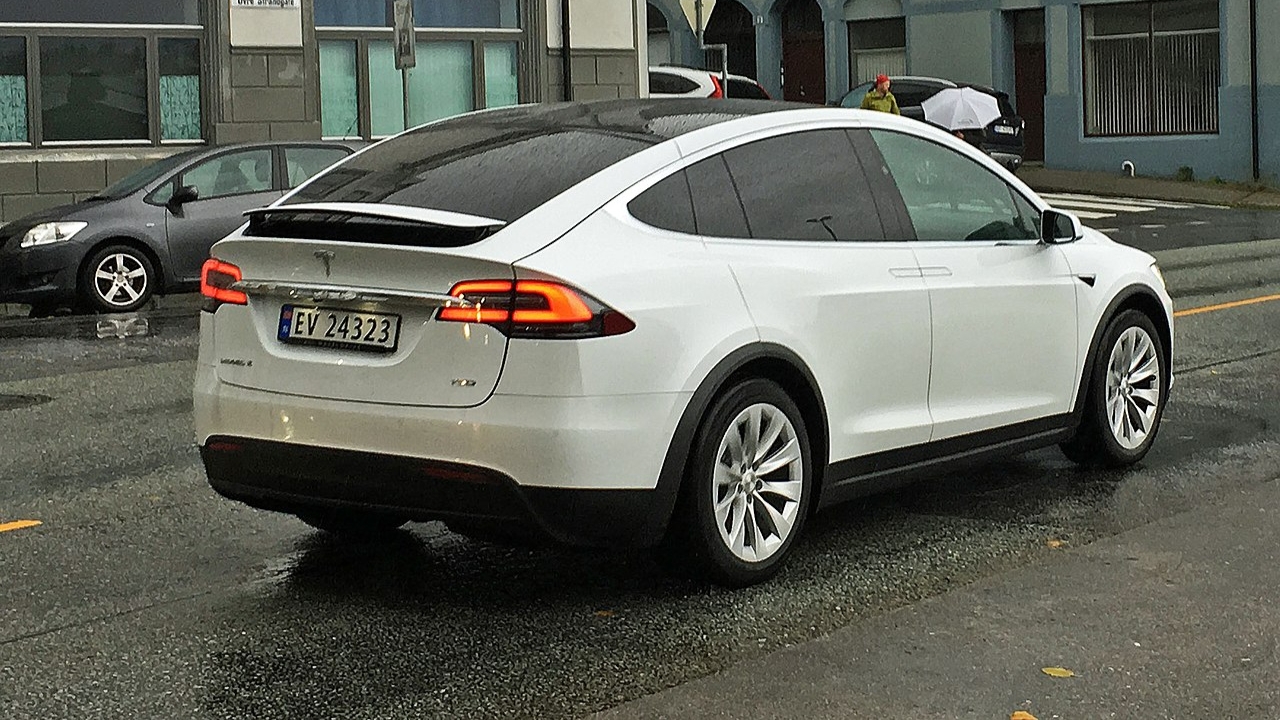
Unlike traditional brakes, EVs use regenerative braking to slow down, turning the electric motor into a generator. It’s great for efficiency, but it changes how tires wear. Instead of consistent pad contact, the deceleration loads shift forward in irregular bursts.
This can create uneven wear across the tread, especially up front. And while regen saves brake pads, it doesn’t save tires. Drivers might find that their front tires wear out faster than expected, especially in city conditions where regen is more aggressive.
Low Rolling Resistance Tires Don’t Last
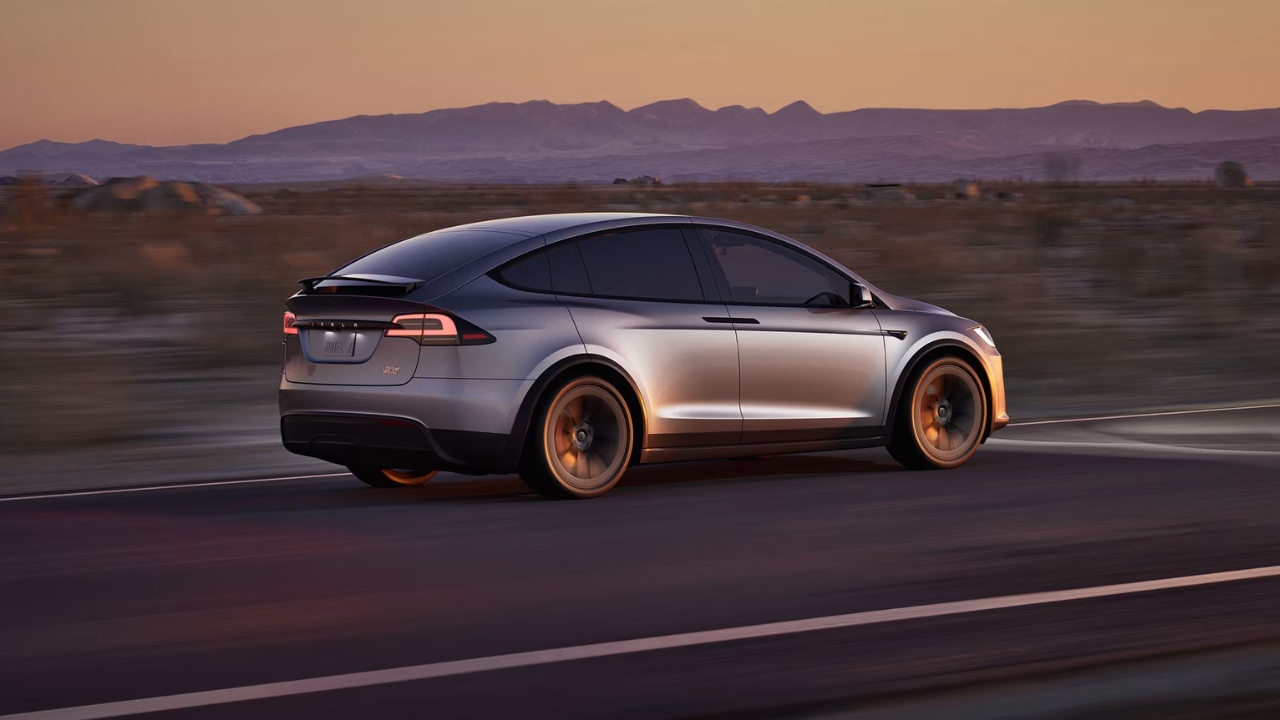
EV-specific tires often use low rolling resistance compounds to help extend range. That means less friction with the road—but also less durability. These tires are softer, with tread designed to minimize drag, not maximize lifespan.
The compromise is noticeable. While they help the car go farther per charge, they can wear down thousands of miles sooner than traditional tires. And when paired with the extra weight and instant torque of an EV, the trade-off becomes even more pronounced over time.
Torque Vectoring and Dual Motors Add Stress
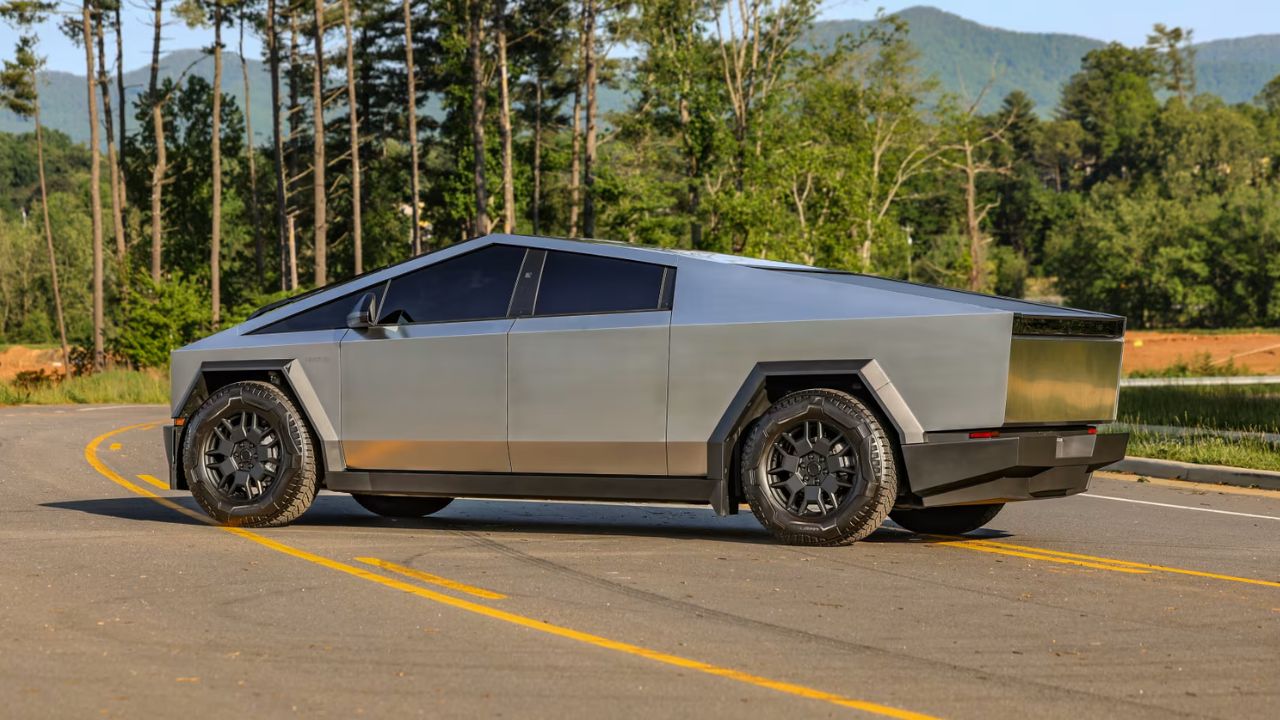
Many modern EVs use torque vectoring or dual-motor systems to distribute power more effectively. While this improves traction and performance, it puts additional lateral stress on the tires—especially during acceleration and cornering.
These systems constantly adjust how much power each wheel gets. The result is better handling, but more tire fatigue. Over time, it leads to wear patterns that wouldn’t typically show up on a standard rear- or front-wheel drive vehicle.
Higher Tire Pressure Requirements
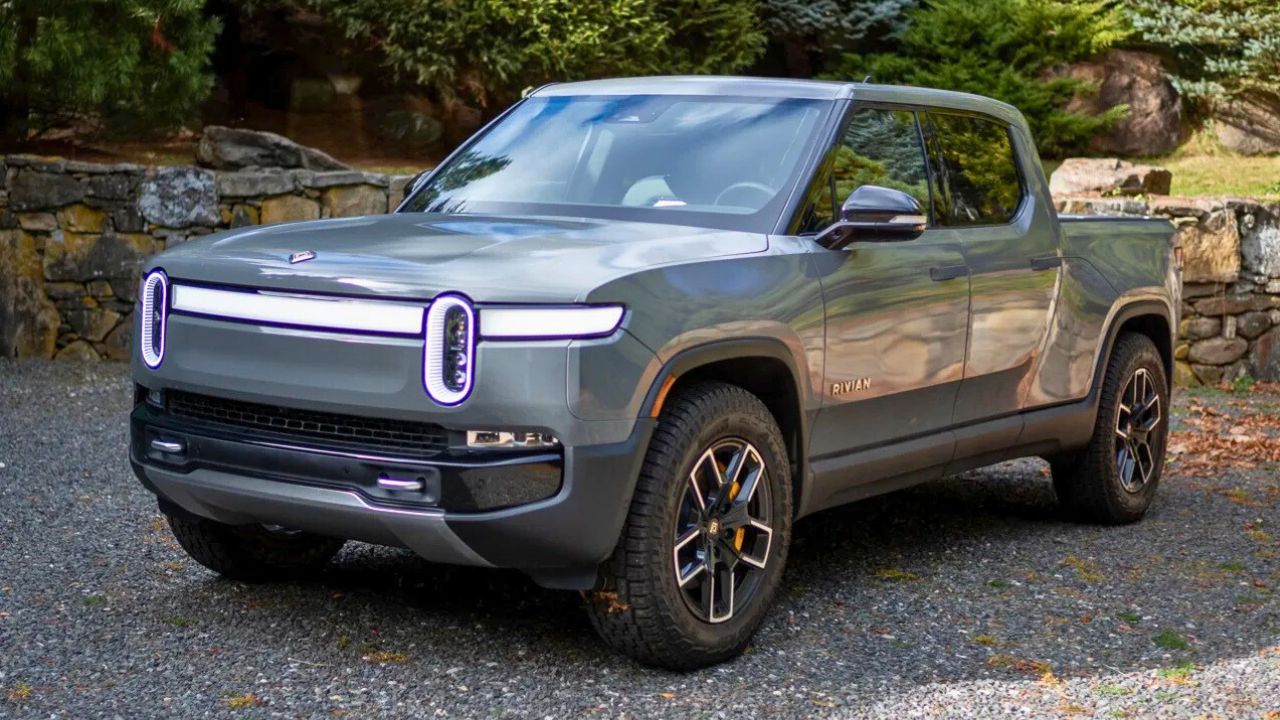
EV tires often require higher air pressures to support the additional weight and maintain efficiency. A typical gas-powered car might recommend 32–35 PSI, but many EVs push that into the 40+ range. It helps reduce rolling resistance, but it also affects ride and wear.
Higher pressure reduces sidewall flex but increases center tread wear if not managed properly. It also amplifies road feedback, meaning the tires absorb more micro-impacts over time. That can speed up deterioration, especially on rough pavement.
Sidewall Reinforcements Add Heat
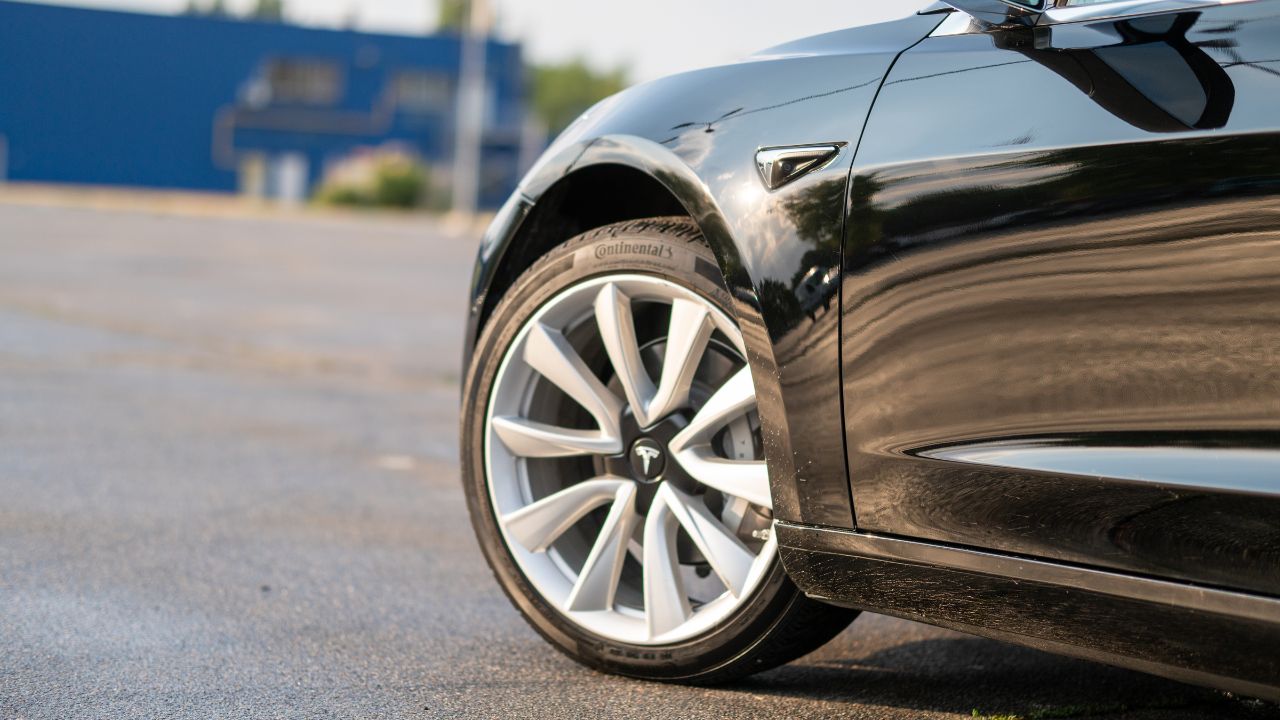
To deal with the weight and torque, EV tires are built with stronger sidewalls. These reinforcements help keep the tire shape intact under load, but they also trap more heat during use. That thermal buildup breaks down rubber faster, particularly in warmer climates or spirited driving.
Tire heat cycles aren’t new, but they’re more aggressive in EVs. Since electric cars are nearly silent, it’s easy to forget how hard the tires are working underneath. And that heat wears them down before most drivers even realize it’s happening.
Silent Cars Demand Quiet Tires

EVs are quiet, which puts a spotlight on tire noise. To address that, manufacturers often add sound-deadening foam or redesign the tread for quieter operation. But those adjustments usually come with trade-offs in tread life and performance.
Soft compounds that reduce road noise tend to wear quicker, especially under the strain of constant torque and regen braking. So while the cabin stays peaceful, the tires are working overtime. It’s a balancing act that usually favors comfort over longevity.
Tire Replacement Costs Are Higher
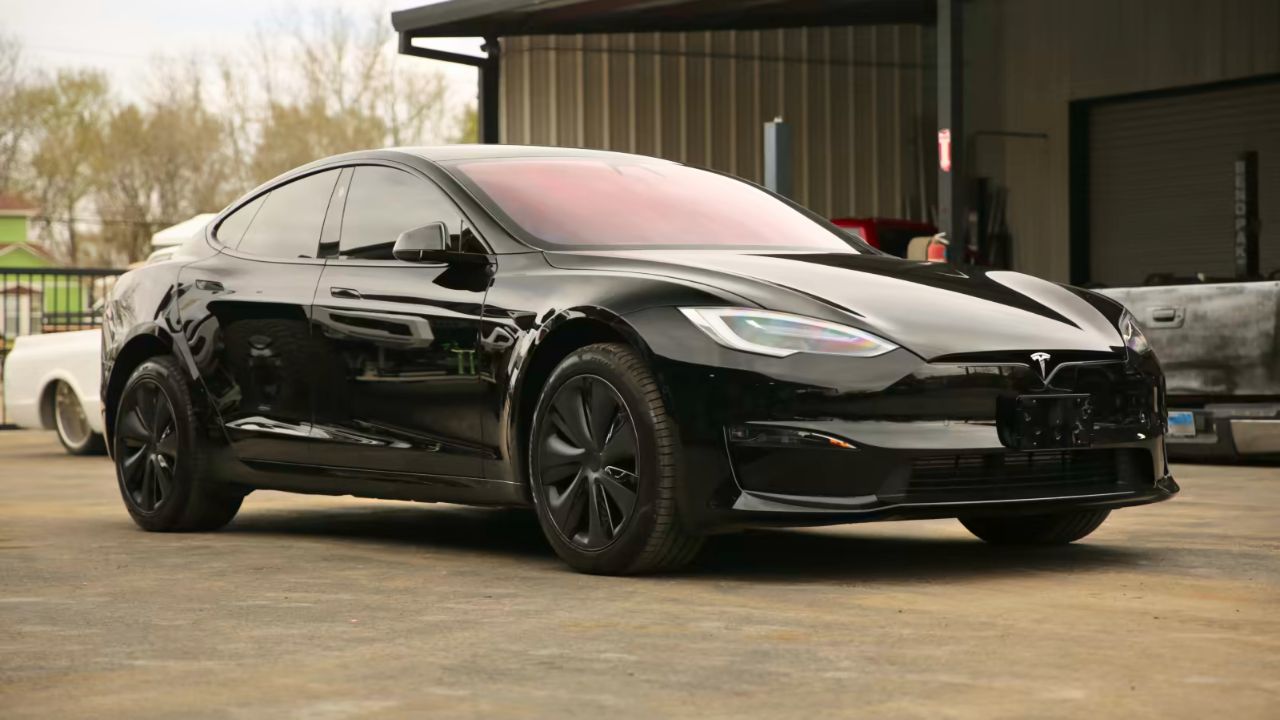
Because of the special construction required, EV tires are more expensive than standard ones. Reinforced sidewalls, custom compounds, and acoustic dampening add up. And since they wear out quicker, you’re replacing them more often too.
Some EV-specific tires can cost 20–40% more than comparable traditional tires. Add to that the limited availability for certain sizes or brands, and it’s easy to see how tire maintenance becomes one of the hidden costs of EV ownership.
Driving Habits Make the Difference
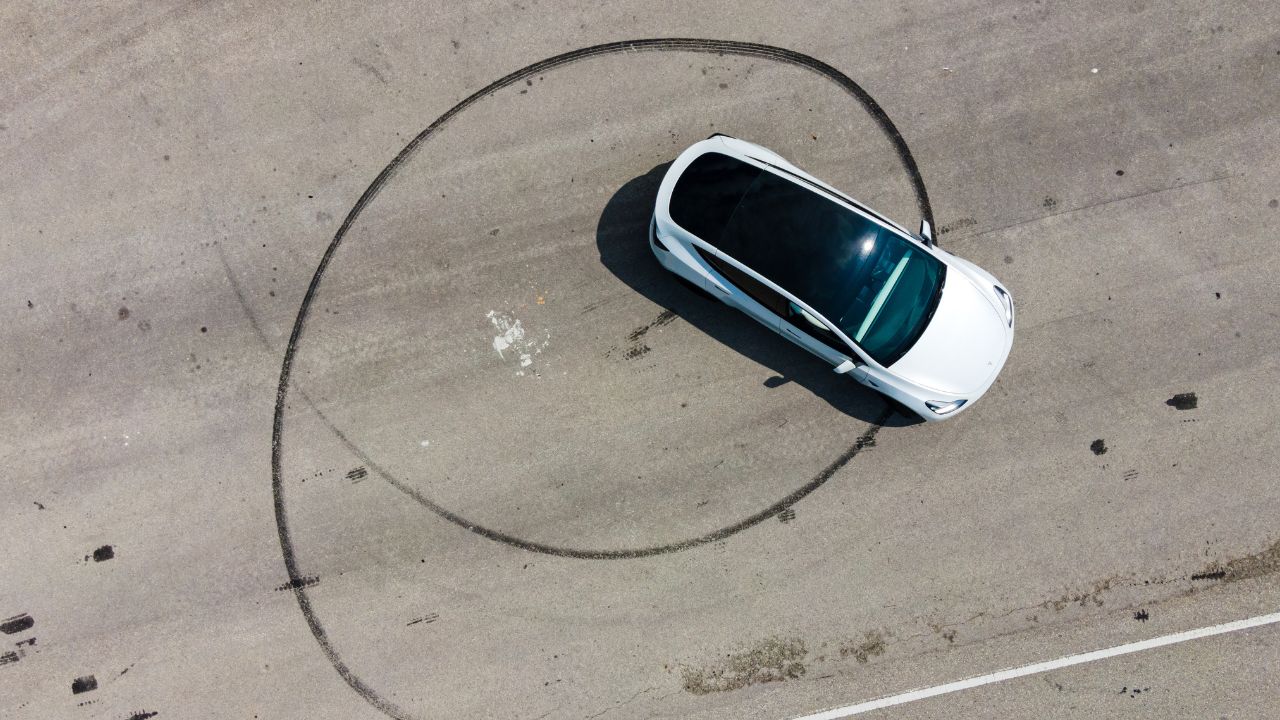
Electric cars tempt drivers with instant torque and effortless acceleration. It’s fun—but if you’re heavy-footed, expect your tires to vanish quickly. Even in eco mode, quick starts and sharp cornering wear tires faster than most folks expect.
Conservative driving can extend EV tire life dramatically. But let’s be honest—most people don’t buy a dual-motor AWD EV to baby it. Whether it’s city traffic or open roads, how you drive has a bigger impact on tire life in an EV than it ever did in a gas-powered car.
Like Fast Lane Only’s content? Be sure to follow us. Here’s more by us:
*Created with AI assistance and editor review.

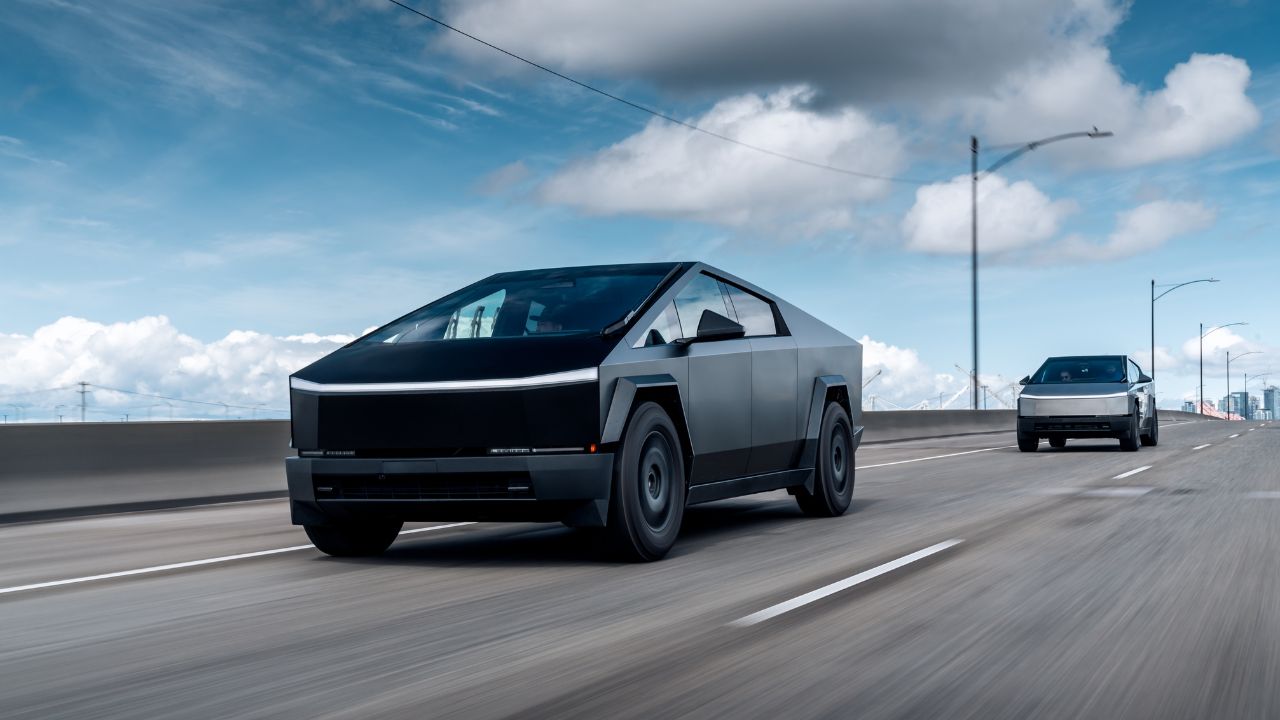
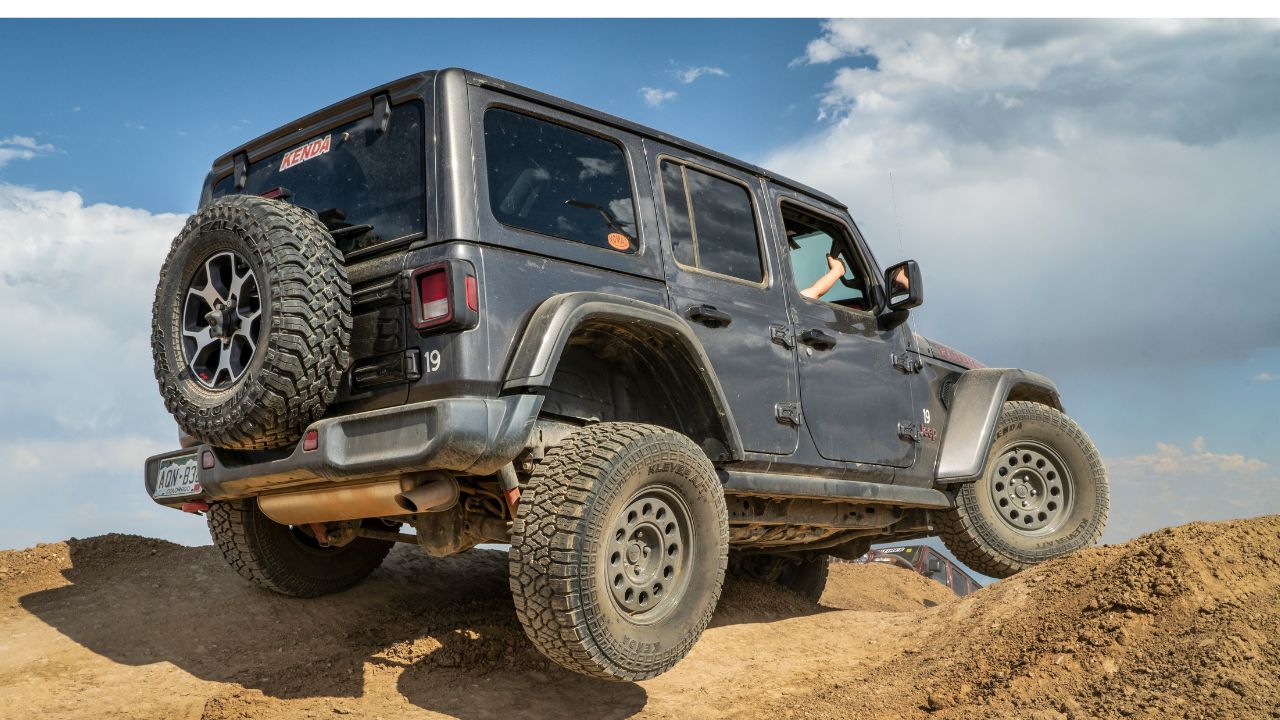



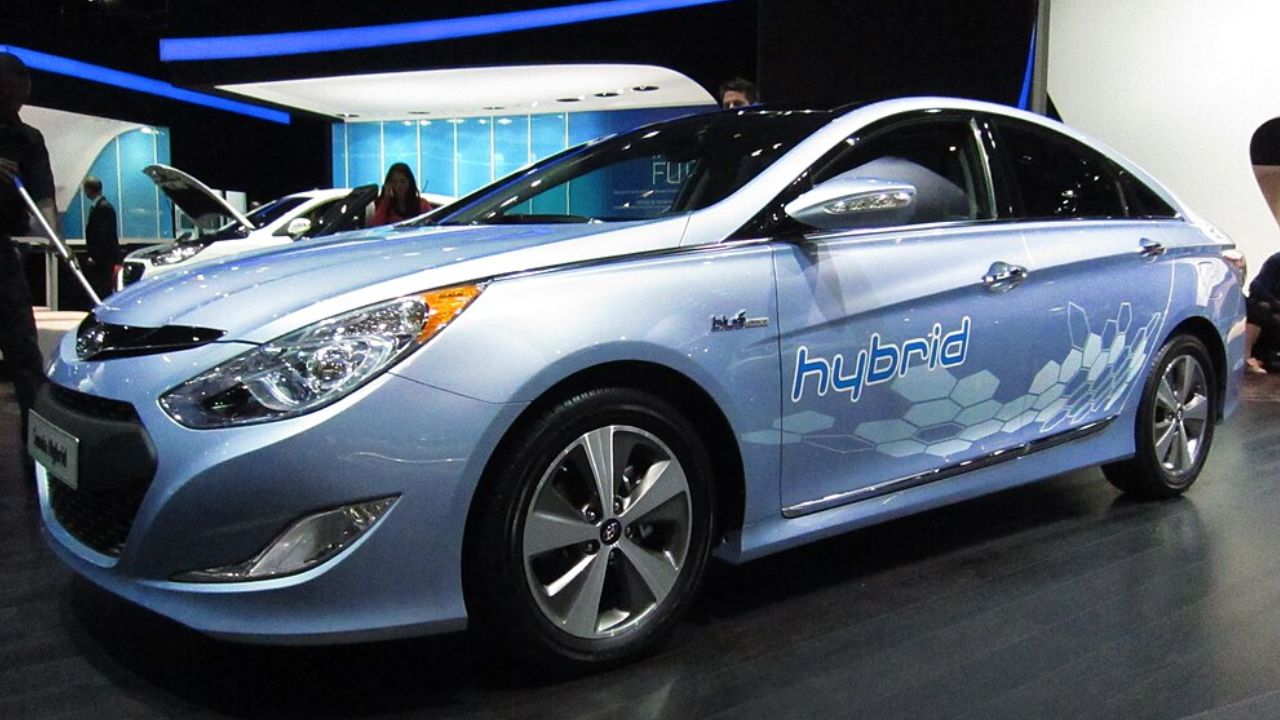
Leave a Reply